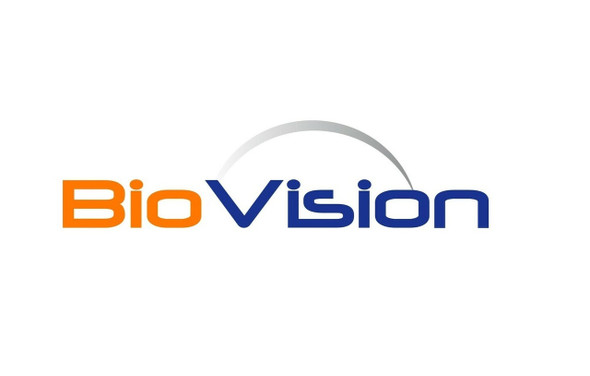Biovision
QuickDetect™ IgE (Rat) ELISA Kit
- SKU:
- 26-E4474
- Availability:
- Usually Shipped in 5 Working Days
- Size:
- 100 Assays
- Storage Conditions:
- 4°C
- Shipping Conditions:
- Gel Pack
- Shelf life:
- 6 months
Description
Immunoglobulin E (IgE) is a type of antibody that has only been found in mammals. IgE is synthesised by plasma cells. IgE's main function is immunity to parasites. It has an essential role in type I hypersensitivity, such as allergic asthma, most types of sinusitis, allergic rhinitis, food allergies, and specific types of chronic urticaria and atopic dermatitis. IgE also plays a pivotal role in responses to allergens, such as: anaphylactic drugs, bee stings, and antigen preparations used in desensitization immunotherapy. BioVision’s IgE ELISA kit is a sandwich ELISA assay for the quantitative measurement of IgE in Rat serum, plasma and cell culture supernatants in 90 minutes. The density of color is proportional to the amount of IgE captured from the samples.
Alternate Name: N/A
Tag Line: A rapid sandwich ELISA kit for the quantitative measurement of IgE in rat serum, plasma, urine, cell culture supernatant, tissue homogenate and other biological fluid
Summary: • Detection method- Absorbance (450 nm) • Species reactivity- rat • Application- quantitative measurement of IgE in rat serum, plasma, urine, cell culture samples, tissue samples
Detection Method: Absorbance (450 nm)
Sample Type: Serum, plasma, urine, cell culture samples, biological fluid.
Species Reactivity: Rat
Applications: This ELISA kit is used for quantitative measurement of IgE in rat serum, plasma, urine, cell culture samples, biological fluid.
Features & Benefits: Easy, convenient and time-saving method to measure the level of IgE in rat serum, plasma, urine, cell culture samples, biological fluid. Detection Range: 4 - 300 ng/ml Sensitivity: < 0.8 ng/ml Assay Precision: Intra-Assay: CV < 10%; Inter-Assay: CV < 12% (CV (%) = SD/mean X 100) Cross Reactivity: No significant cross-reactivity or interference between this analyte and its analogues was observed.






